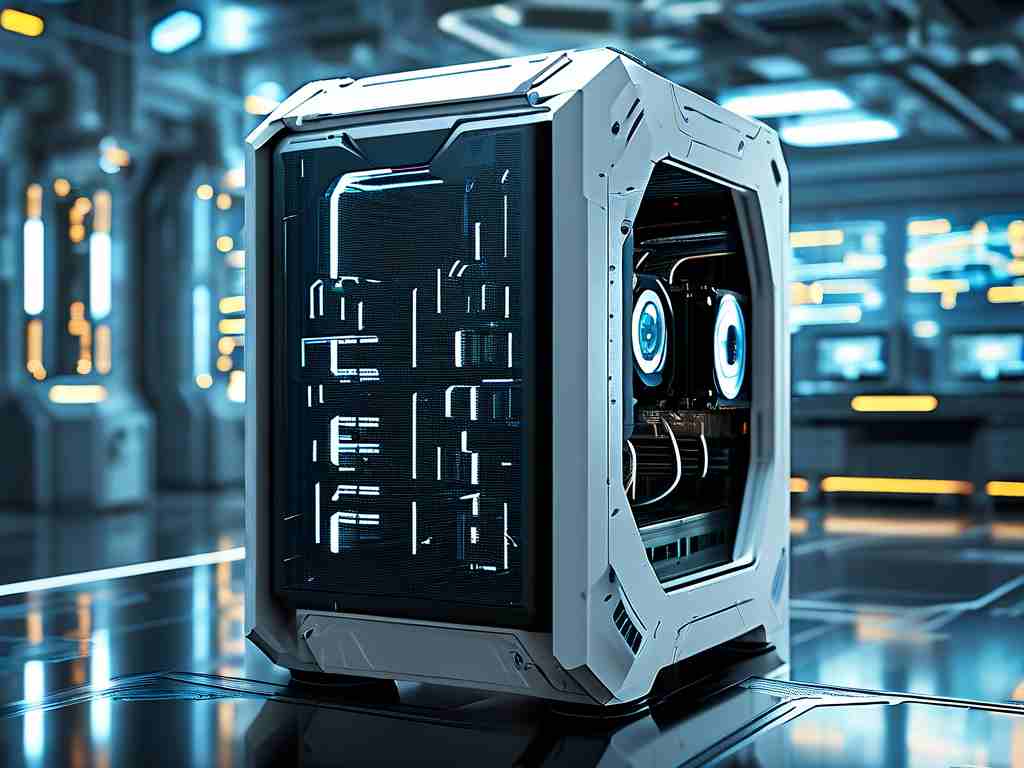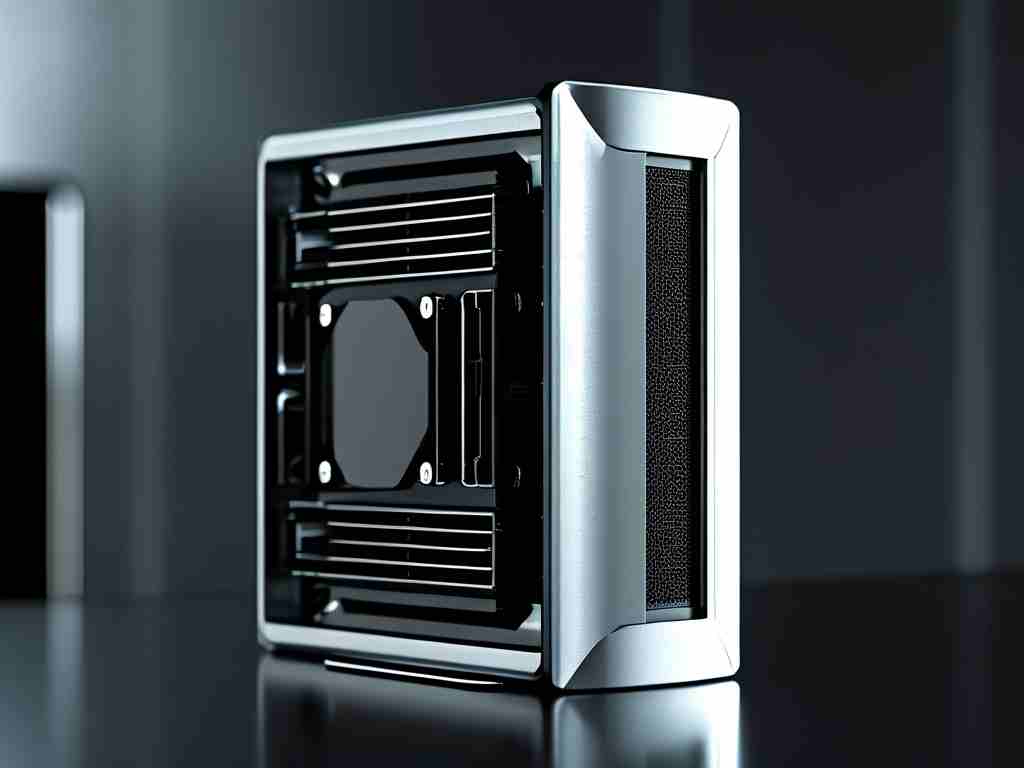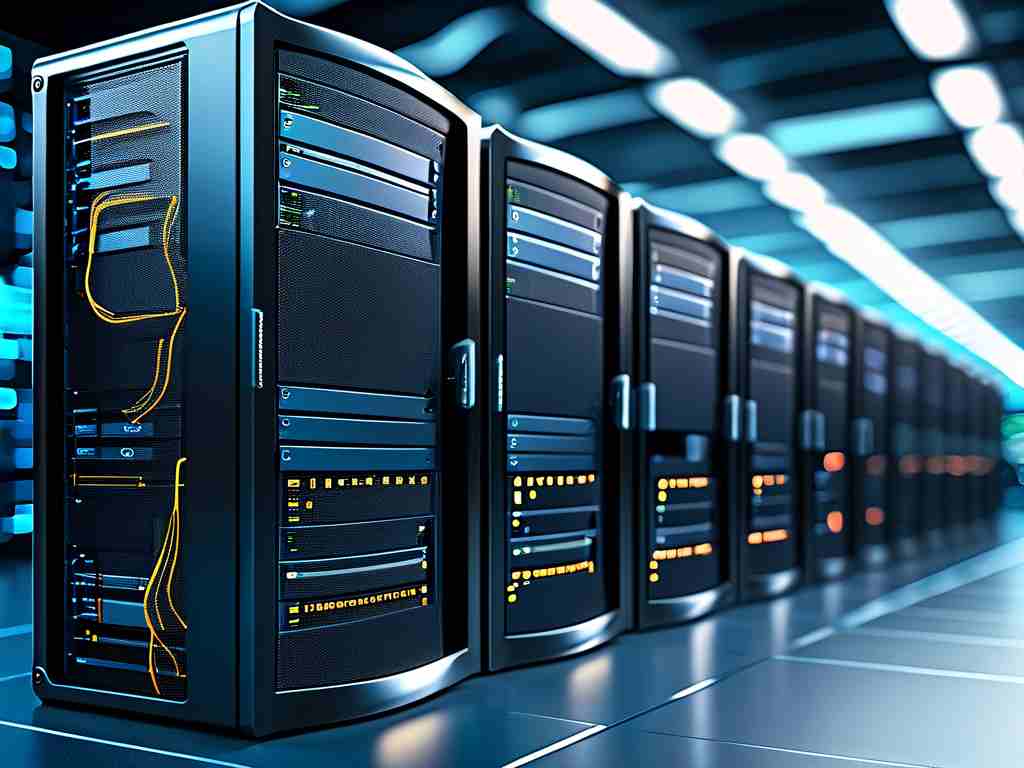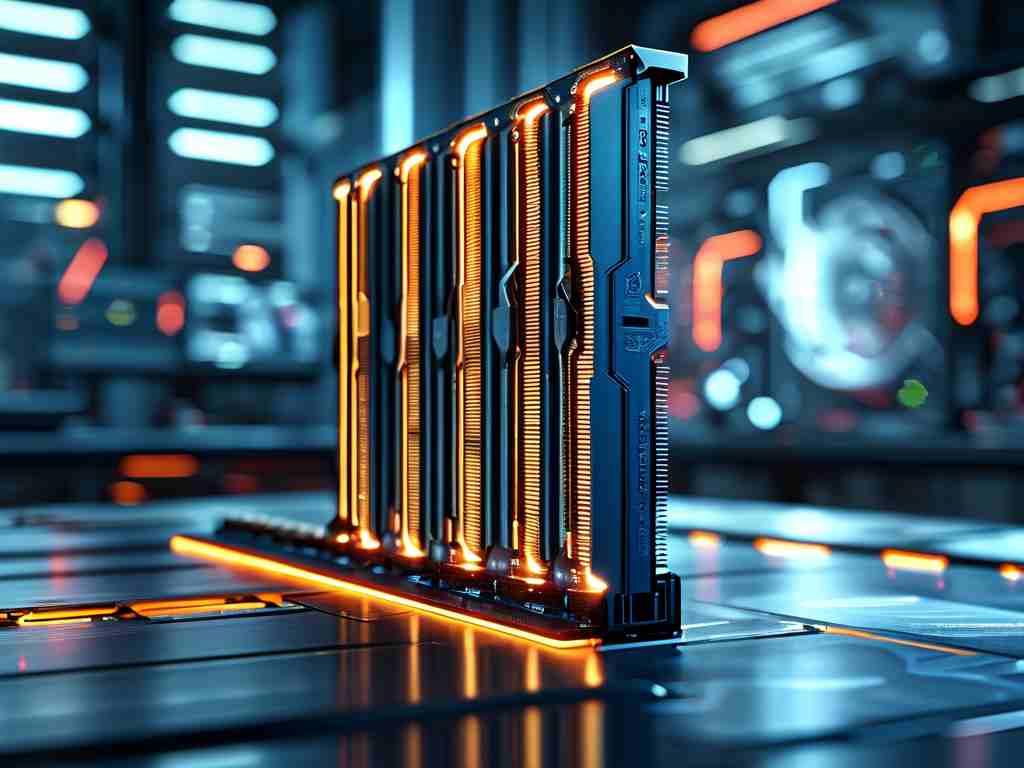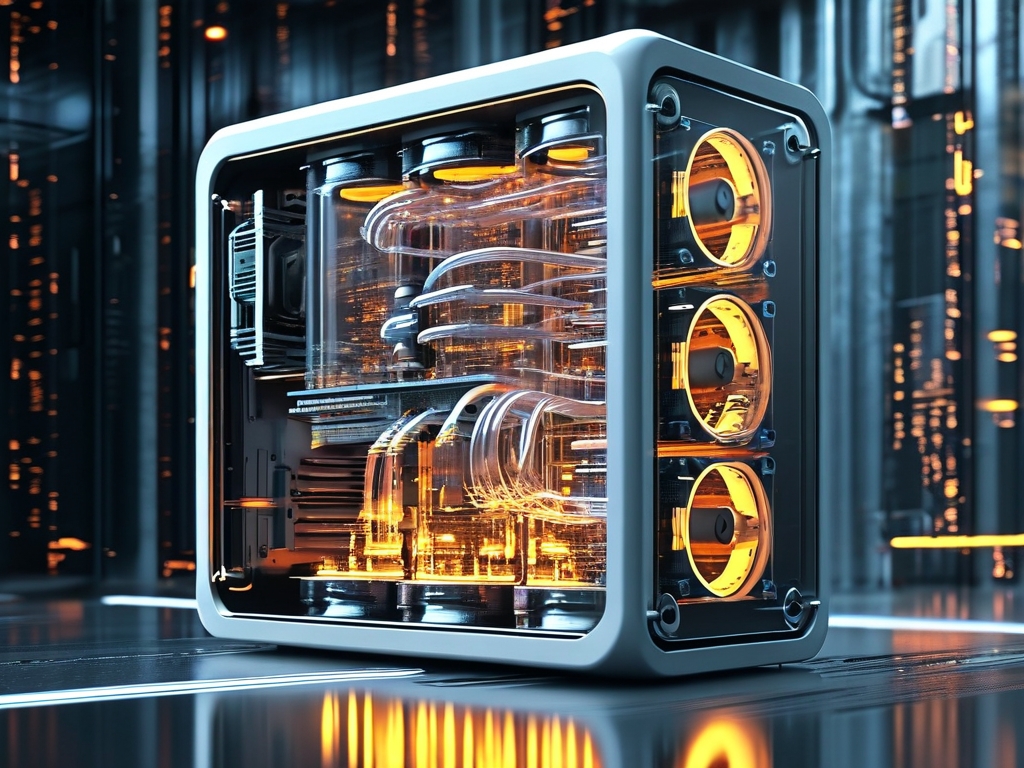In the realm of high-performance computing, selecting the right memory modules is critical to handle intensive workloads efficiently. As applications like artificial intelligence (AI), machine learning (ML), and scientific simulations demand faster data processing, understanding which memory modules excel under heavy computational stress becomes essential. This article explores key memory technologies designed for such tasks and their unique advantages.
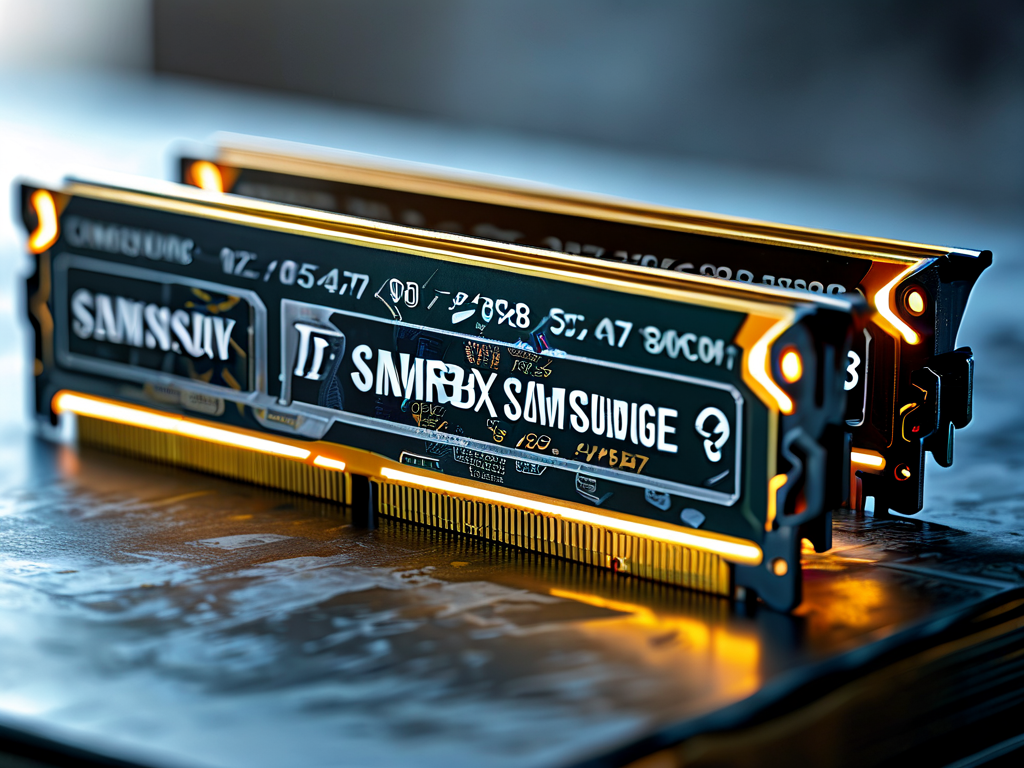
1. ECC Memory (Error-Correcting Code)
Error-Correcting Code memory is a staple in environments where data accuracy is non-negotiable. ECC modules detect and correct single-bit memory errors automatically, preventing system crashes or data corruption. This makes them ideal for servers, data centers, and workstations running mission-critical applications. For instance, in financial modeling or genomic sequencing, even minor errors can lead to significant setbacks. Brands like Micron and Samsung offer ECC DDR4 and DDR5 modules with capacities up to 256GB per stick, ensuring stability under sustained heavy loads.
2. High-Frequency DDR4/DDR5 RAM
Modern DDR4 and DDR5 modules prioritize speed, with frequencies ranging from 3200 MHz to 8400 MHz. These modules reduce latency and increase bandwidth, enabling quicker data transfers between the CPU and memory. For compute-heavy tasks like 3D rendering or real-time analytics, high-frequency RAM ensures smoother multitasking and faster execution. Kingston’s Fury Renegade and Corsair’s Dominator Platinum series are popular choices among professionals for their overclocking capabilities and heat-dissipation designs.
3. HBM (High Bandwidth Memory)
HBM stands out for its vertically stacked architecture, which drastically boosts bandwidth while conserving physical space. Originally developed for GPUs, HBM is now used in specialized compute accelerators and supercomputers. Its ability to handle parallel processing makes it indispensable for AI training and high-performance computing (HPC) clusters. SK Hynix’s HBM2E, for example, delivers up to 460 GB/s of bandwidth, far surpassing traditional GDDR6 modules.
4. LRDIMM (Load-Reduced Dual In-Line Memory Module)
LRDIMMs use buffer chips to reduce electrical load on the memory controller, enabling higher capacities without compromising signal integrity. These modules are common in enterprise servers requiring terabytes of RAM, such as in-memory databases or virtualization platforms. Companies like Dell and HPE integrate LRDIMMs into their flagship servers to support large-scale cloud computing and big data analytics.
Choosing the Right Memory for Your Workload
When selecting memory modules, consider factors like compatibility, latency, and thermal design. For instance, overclocked RAM may require additional cooling, while ECC support depends on the CPU and motherboard. Tools like CPU-Z or manufacturer compatibility lists can help verify hardware alignment. Additionally, balancing capacity and speed is crucial—opting for 128GB of slower RAM might hinder performance in latency-sensitive tasks compared to 64GB of high-frequency modules.
Future Trends in Memory Technology
Emerging technologies like CXL (Compute Express Link) and MRAM (Magnetoresistive RAM) promise to reshape memory architectures further. CXL aims to reduce bottlenecks in CPU-to-memory communication, while MRAM offers non-volatile storage with DRAM-like speeds. These innovations could unlock new efficiencies for quantum computing and edge AI applications.
In , heavy computational tasks demand memory solutions that prioritize speed, accuracy, and scalability. By leveraging specialized modules like ECC RAM, HBM, or LRDIMMs, users can optimize their systems for the most demanding workloads, ensuring both reliability and peak performance.


